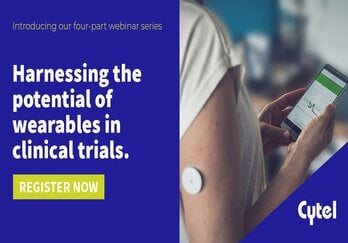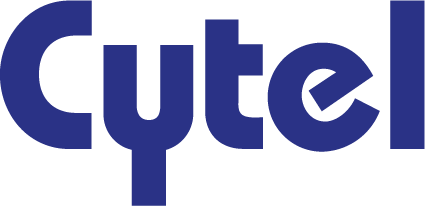5 Steps to Regulatory Success with Wearables Designs

The use of wearable and digital technology requires considerations for both drugs and devices regulations, and interactions with different regulatory agencies. The drug regulators are mostly interested in endpoint, reliability, accuracy, and sensitivity to change. They also look at the clinical and technical validity aspects in relation to the endpoint and outcome of interest. The other important aspects are compliance, clinical relevance of the data collected from wearables and how this data is reflected in the product information. The EMA may ask for a technical dossier but generally, the technical aspects are reviewed by the Notified Bodies.
In a recent webinar, Natalia Muhlemann, VP, Strategic Consulting at Cytel, and Philippe Etter, Founder of Medidee, review wearable and software suppliers’ selection with associated risks and mitigation strategies, including both non-medical wearables, such as those used for sport and lifestyle, and medical wearables.
Ensuring fitness for purpose for wearables
To establish the intended goal, we need to first have a clear definition and positioning of endpoint. We have to demonstrate that we have a measure of the meaningful aspect of health which translates to the clinical benefit from treatment. We also need to submit how we intend to use it in the label claim.
The other key considerations that are reviewed by drugs and biologics regulators to support the use of wearables in clinical trials include:
- Concept of interest and rationale for measurement
- Context of use
- Content validity and construct validity
- Clinical interpretation and device specific use related to trial design
Key aspects for selecting wearables
Wearables can be reliably used as endpoint or biomarkers in clinical trials, but we need to be cautious while selecting the suitable device or partner. In the webinar, Philippe Etter reviews the important factors that need to be considered while selecting wearables for use in a regulatory clinical study.
1. Fitness for purpose
Technical fitness for purpose is one of the first things we need to look at. Other important aspects which we measure include environment compatibility (for example, Humidity, temperature, vibration), sensor bandwidth (frequency spectrum, phase, latency) and topology.
2. Robustness
While analysing the device, it is important to identify where the intelligence lies and on which pieces of software you are relying. When you are submitting for clinical investigation, you will have to demonstrate control over all these elements. Another aspect to review is the safety which includes vibrations, temperature range, ingress protection and immunity to EMC interferences. Software in these devices also need to fulfil requirements that are standardized. We need to have traceability on the software.
3. Compliance
In the US, it is getting simpler to get approvals for medical devices whereas in Europe, the new Medical Devices Regulation is making it tougher to get regulatory approvals. Hence, the approval process for a medical device which incorporates a stand-alone software, can be surprisingly long. Based on the country, there are various directives that decide whether a medical device gets approval.
4. Suppliers’ reliability
Suppliers can be evaluated on several preferred criterions. Ideally, they should have a QSR or ISO 13485 certification. It is suggested that you have a quality agreement and contract with your device partner. These vendors should be audited according to Medical Device/IVD QSR/ISO. You also need to ensure that the changes are audited and are acceptable.
5. Successful project
We need to conduct a formal risk management using a specific standard. This risk management needs to be done with respect to the use, design, process of manufacturing etc.
With new Medical Device Regulation entering into force in May 2021, there are going to be impacting changes in the in European medtech regulations. Click the button to watch the webinar and learn more about how wearable technology can impact clinical studies.


